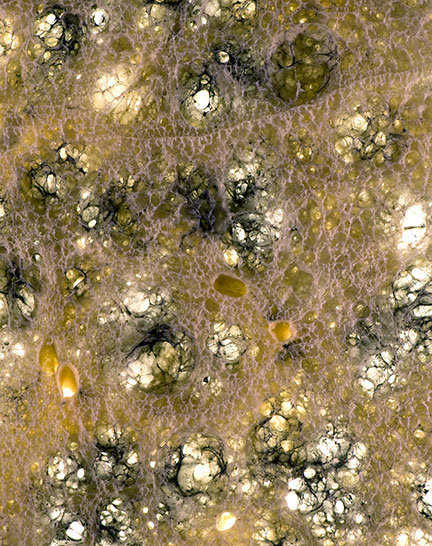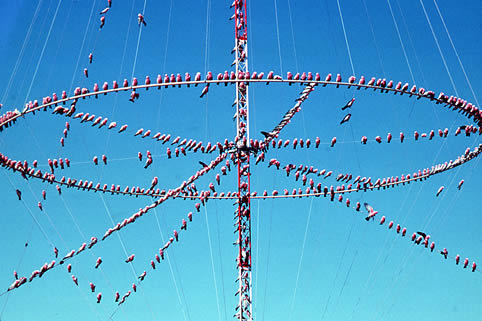Five million
is the figure that the CSG companies & their industry lobby group APPEA are
throwing into a campaign called, ‘Our Natural Advantage’. Apparently gaining
that ‘social licence’ for the CSG industry to operate is $5,000,000 important.
Perhaps those of us defending landowner’s rights and the future of food
production should regard this campaign as a compliment that our many volunteer
hours have to be countered by the natural advantage of the multinational
companies many millions.
On
reading articles in various urban outlets some are making an attempt to be
even-handed about the CSG issue. However last Saturdays opinion article in the Queensland-based News
Limited newspaper, Rivalries set aside as beef, wheat and gas prosper on the Downs, can only be classed as propaganda.
The
‘Our Natural Advantage’ campaign sells the availability of plentiful high
paying jobs. It earnestly relates that people living in the gasfields are very
happy with the situation and it is only a small vocal minority of outside
ideological activists creating misinformation. An imaginative interpretation of
the Underground Water Impact report is used to give assurance that science is
on the side of the CSG industry. The appalling and inaccurate old
chestnut is used that because in excess of 3,000 contracts have been signed
farmers are content with their lot.
These
arguments were proclaimed at the May APPEA conference. In the Queensland
Country Life article, Landholder response to APPEA conference, David
Hamilton of Basin Sustainability Alliance and lawyers Peter Shannon and Tom
Marland gave resounding evidence to the contrary.
In another
QCL report of the same conference, Coexistence relies on respect, the
Gasfield Commissioner, John Cotter said. "Respect, trust and
communication are the foundation stones of this industry's social licence to
operate and ultimately its future." The CSG industry’s
latest communication and lack of respect in this campaign will hardly engender
trust with landowners.
This week it was reported in the farmonline article, Doubling ag output - with CSG's help, John Cotter telling a recent Brisbane
Forum, “some genuine cross sector opportunities between food and energy were
yet to be fully realised” and that “those opportunities could only be
achieved with community trust allowing for ‘sustainable coexistence’.”
Such trust
can only be achieved with greater honesty and research replacing PR campaigns.
Landowners are genuinely worried about future quantity and quality of
underground water. Some will be affected. Concerns will be only be put
to rest by science and generous compensation of affected businesses. Genuine
concern must not be waved aside as alarmism.
The above article was also submitted as a letter to the editor to the Queensland Country Life.
Previous related post
Learn the realities for landowners when a CSG company wishes to establish their business over the top of your farming business in Richard Golden's presentation at the 2013 10th Anniversary Property Rights Australia conference. - Living and Working in a Gasfield
.



























